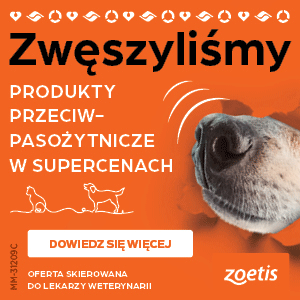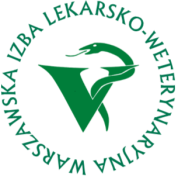There is no cure for hypothyroidism, but it is a disease that is easily managed.
The foundation of treatment of dogs with hypothyroidism is thyroid hormone replacement therapy. In other words, we simply replace the missing hormone to restore the dog’s metabolic function back to normal.
However, it’s important that the dog receives the proper thyroid hormone supplement that is given at the appropriate dosage and at the correct intervals to best resolve all of the clinical signs of hypothyroidism.
Thyroid hormone replacement therapy: Which product do we use?
Treatment for hypothyroidism involves lifelong oral medication with levothyroxine (L-T4), a relatively inexpensive synthetic thyroid hormone supplement. These treatments have to be given by mouth, and the supplements are available both as tablets and a liquid formulation. It is important to give the medication at the same time every day (preferably twice daily), and it’s been shown that absorption is better if given on an empty stomach.

Why give L-T4 as the thyroid hormone replacement? As discussed in our last post, thyroxine (abbreviated T4, because it contains 4 iodine molecules) is the hormone produced by the thyroid gland. It is converted primarily in the liver and kidney by an enzyme (deiodinase enzyme) that removes one of the iodine molecules, thereby forming the T3 hormone, which enters the cells. Its function is to regulate the body’s metabolism. So by giving L-T4, this will be automatically metabolized to all of the other forms of thyroid hormone made in a dog’s body.
Administering thyroid hormone replacement therapy
How and when you administer your dog's thyroid medication will have a tremendous impact on the success of the treatment.
First of all, it is extremely important that the thyroid hormone treatment not be given with food. It is best to administer thyroid medication at least 1 hour before the dog’s meal or at least 3 hours after eating. Many veterinarians are not aware of the fact that absorption of thyroid hormone from the gut is much better when the hormone is given on an empty stomach.
Thyroxine is best given twice per day, in the morning and evening, spaced about 12 hours apart. Dividing the medication into two doses ensures that the dog receives a steady state of thyroid hormone throughout the day, rather than experiencing very high levels shortly after administration and low levels later in the day when only a morning dose is given.
Although most L-T4 medication comes in pill form, there is a liquid available (Leventa; see figure above) that the company suggests just one dose per day. However, I still recommend that the liquid medication be given twice daily for the best results. If your dog is taking liquid L-T4, be sure to discuss the dosing with your veterinarian.
Monitoring the hypothyroid dog’s L-T4 dosage
Regular follow-up blood tests are vital to ensure your dog receives the accurate amount of hormone replacement therapy. Generally blood tests are rechecked approximately 4 to 8 weeks after starting medication and again as needed while the dog’s metabolism adjusts to the therapy. After that, once yearly checks are adequate to ensure that the thyroid hormone level remains in the normal range.
When taken as directed, thyroxine is extremely safe. However, it is important to make sure your dog is receiving the proper dosage based on the variables discussed above, since excessive thyroxine intake can lead to thyrotoxicosis (thyroxine overdose), a condition that needs to be promptly addressed by your veterinarian. Common signs of L-T4 overdosage include excessive thirst and urination, panting, restlessness, and pacing. If this occurs, the L-T4 needs to be stopped for a day or two and the daily dosage lowered accordingly.
Prognosis for canine hypothyroidism With proper treatment, the long-term prognosis is excellent. However, complete resolution of clinical features of hypothyroidism may take several weeks to months in some dogs.
Źródło: animalendocrine.blogspot.com
© 2024 © Vetco 2015. Wdrożenie: Pracownia Synergii










